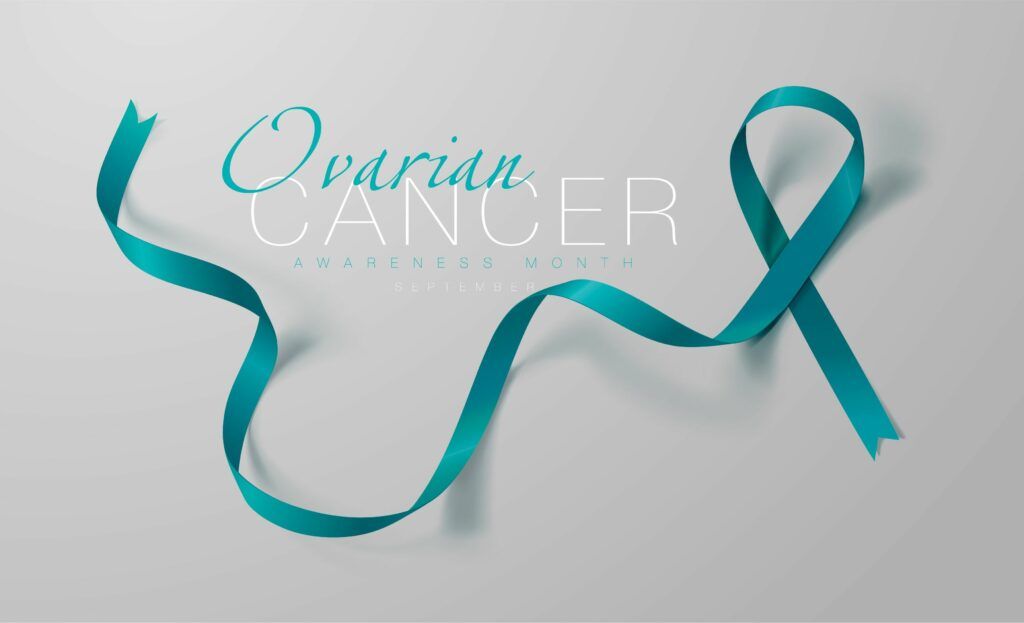Health Articles
Knowledge
Cervical Cancer and Ovarian Cancer

Cervical cancer is the 2nd most commonly found cancer in females, following breast cancer. Many women have died from this disease.
Important things to know about cervical cancer
- Married women or those who are in a sexual relationship will have a chance of being infected with this virus in any period of life. However, most infections of more than 90 percent will be disappear by itself within 1-2 years without causing the symptoms or disease.
- The use of condom can prevent infection, but not completely.
- Having only one sexual partner can also have a chance of being infected. Therefore, the screening test for cervical cancer is necessary even though you have only one sexual partner.
Ovarian Cancer
Ovarian cancer is the second most common cancer in the female reproductive system, which can be found in women of many age ranges in both adolescent and reproductive age. However, it is most commonly found in females age of 40-60 years old. This disease is caused by the growth of cancer cells in the ovary, which is a vital organ that works to produce eggs and female hormones.
Causes and risk factors of ovarian cancer
Currently, the cause of ovarian cancer is not clear. However, there are some research which has found the risk factors that might be related with this disease. For example:
- Have a family member, especially mother, sister, or daughter, with ovarian cancer
- Age of more than 50 years old and above
- Had first menstruation before reaching 12 years old
- Never pregnant/had obstetric delivery
- Delivered the first child after 30 years old
- Menopause later than 55 years old
- Have a history of having breast cancer or intestine cancer
Symptoms of ovarian cancer
The symptoms of ovarian cancer in the initial stage do not show. However, if the following symptoms occur, consult the specialist for further diagnosis:
- Feel uncomfortable in the abdomen
- Indigestion, flatulence, or stomachache
- Feel uncomfortably full, even if having a soft diet
- Nausea
- Diarrhea or constipation
- Frequent urination
- Loss of appetite
- Weight gain or loss with unknown cause
- Abnormal bleeding from the vagina
Prevention of ovarian cancer
At present, there is no particular procedure to prevent ovarian cancer because there is no obvious cause of this disease. Also, the symptoms of ovarian cancer in the initial stage do not show. Therefore, the best method is to notice the abnormalities that occur with the body. Have a physical check-up, pelvic examination, or abdomen ultrasound at least once a year to check whether there is a lump in the abdomen or not.
More Information: Cancer Center














